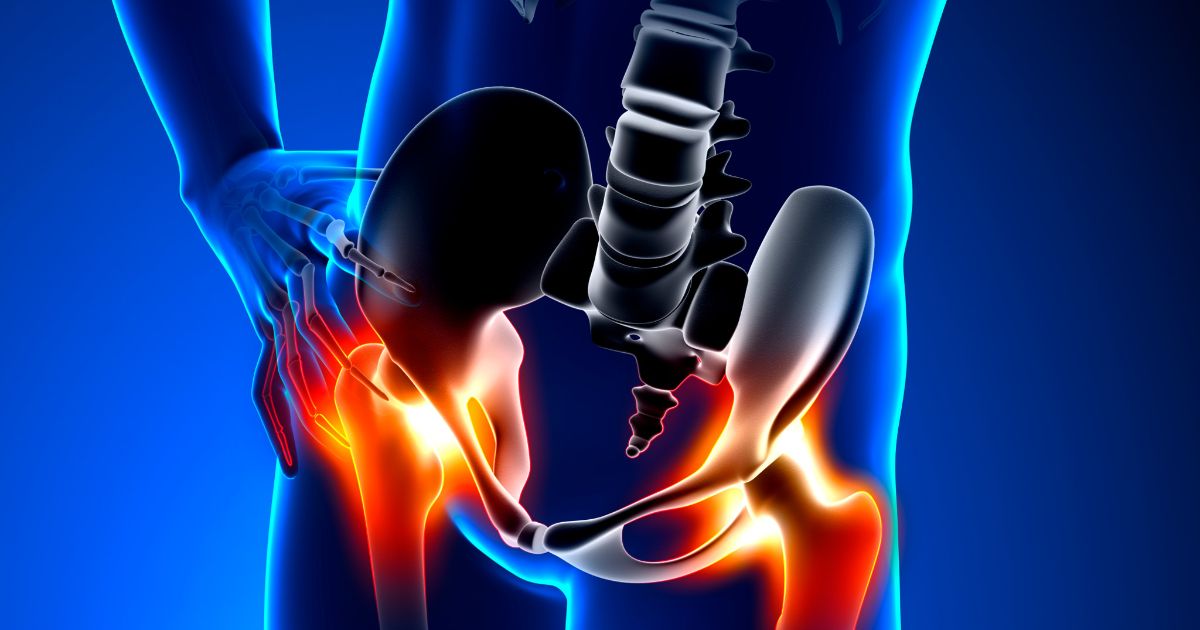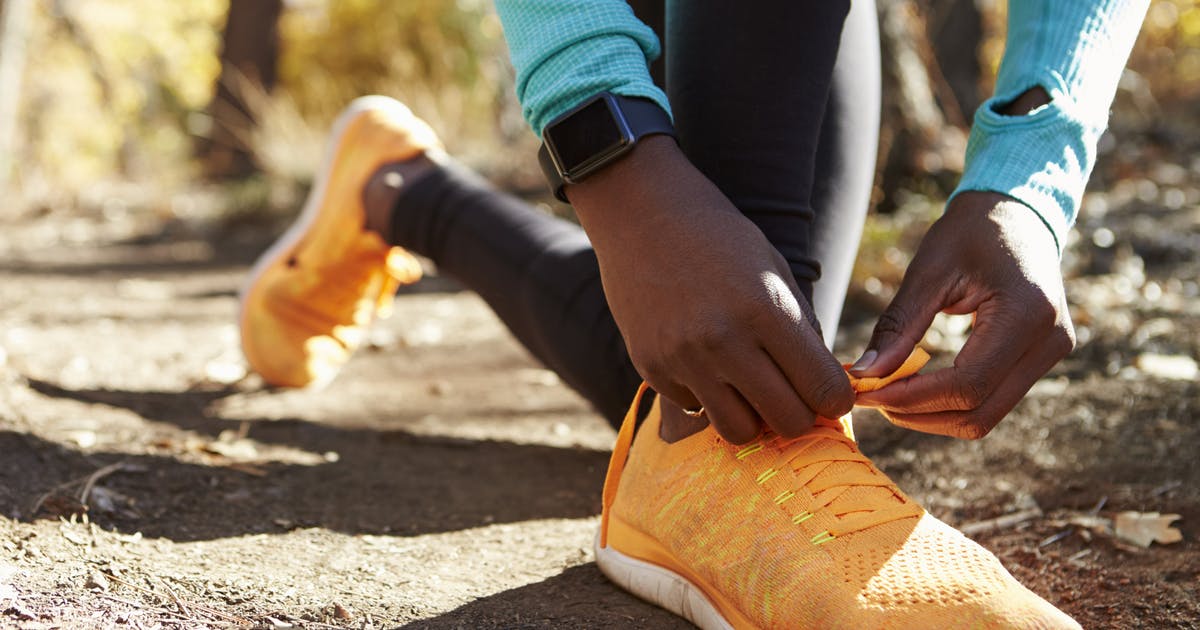What Causes Hip Impingement?
Hip impingement is when a factor hinders the joint from freely moving. At its earliest stages, it is not particularly painful; people can suffer from this condition at first without even knowing it. Symptoms include pain experienced in the groin after prolonged bouts of walking or sitting, the inability of the hip to be flexed beyond ninety degrees, groin pain with deep rotation or flexion of the hip while activities are being performed by athletes, stiffness in the hip, groin, or thigh, and clicking or popping at the front of the hip. Pain can also spread through the buttocks and radiate throughout the thigh's side. This condition is also known as femoroacetabular impingement. Learn about the various causes of hip impingement now.
Pincer Impingement

Pincer impingement involves frequent and repeated contact between the femoral neck and the acetabular labrum (hip socket). The labrum is a piece of rubbery tissue called fibrocartilage that helps keep the joint's ball in its place. The femur is the leg bone that fits into the hip socket; its neck is the part below the ball of the thigh bone. This happens when the socket's front rim juts out too far, causing the part of the femur, or thigh bone, just below the bone's ball to bump into the socket's rim during standard hip flexing motion.
Uncover the next cause of hip impingement now.
Legg-Calve-Perthes Disease

Legg-Calve-Perthes disease is a condition that occurs in childhood and can lead to hip impingement. When a child is growing, the two major parts of joint of the hip are the socket and ball, or acetabulum and femoral head. Legg-Calve-Perthes disease, also simply known as Perthes disease, is a hip condition of childhood in which the femoral head collapses due to loss of blood supply. Upon this occurrence, all or part of the area involved dies temporarily. The socket is not affected, only the ball. While the child's body absorbs those dead bone cells and then replaces them with new, the disease can leave the ball deformed, leading to disability.
Keep reading for additional details on what can cause hip impingement now.
Coxa Vara

Just as in the childhood condition Perthes disease, coxa vara occurs during the growing years of life. When a child suffers from coxa vara, the ball and thigh bone do not experience the same rate of growth. This leads to deformation of the hip joint. Surgical correction may be called for to correct this abnormality of the shaft of the femur and femoral neck. This particular abnormality occurs when there is a decreased angle of the neck to the shaft; it is also known as a varus alignment. This aberration can lead to hip degeneration and pain.
Get the details on more possible causes of hip impingement now.
Cam Impingement

When there is a deformity in the top of the femur in the ball, it is known as a cam impingement. When the head experiences a shape not normally developed, the part of the head that is abnormal can find itself jamming in the socket at times during normal activities when the hip is bent. This can happen in such mundane activities as lacing up and tying shoes or in basic exercises like pedaling a bicycle. Simply described, cam impingement happens when there is something of a bump on the femoral head's surface. The condition often occurs in men who are athletic and younger.
Learn about more things that can result in hip impingement now.
Slipped Capital Femoral Epiphysis

Newly seen as one of the intermediate steps in the development of early-onset osteoarthritis, slipped capital femoral epiphysis results in a decrease in the range of motion of the hip as well as continuing labral damage and injury to the cartilage, causing symptoms of hip impingement. Every degree of slip, whether mild or severe, can lead to impingement. Slipped capital femoral epiphysis leads to symptomatic hip impingement in patients with a residual hip deformity characterized by the displacement of the capital femoral epiphysis. This leads to a prominence abutting on the rim of the socket. Surgical options do exist to treat the effects of this slippage.